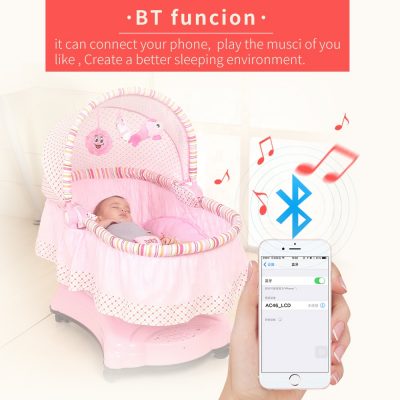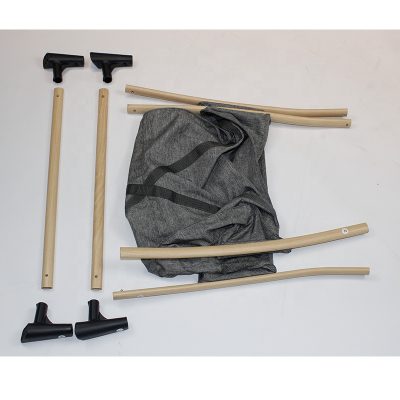Childproofing your child’s bed is essential to ensure their safety while they sleep and play in their bedroom. Here are some safety-first tips for childproofing your child’s bed:
- Choose Age-Appropriate Bedding: Use age-appropriate bedding to reduce the risk of suffocation or overheating. For infants, avoid using pillows, heavy blankets, and stuffed animals in the crib or toddler bed.
- Properly Install Guardrails: If your child’s bed is elevated, such as a bunk bed or loft bed, make sure it has sturdy guardrails on both sides. Ensure they are securely attached and meet safety standards.
- Securely Fasten Bed Rails: If you’re using bed rails to prevent your child from rolling out of bed, make sure they are securely fastened to the bed frame and mattress. Check them regularly for stability.
- Keep the Bed Away from Windows: Position the bed away from windows to prevent your child from climbing on the windowsill or falling out. Install window guards or locks if needed.
- Anchor Furniture: Anchor any nearby furniture that could tip over, such as dressers, bookshelves, or nightstands, to the wall to prevent them from falling on your child.
- Check for Sharp Edges and Corners: Inspect the bed and surrounding furniture for sharp edges, corners, or protruding parts that could cause injury. Use corner protectors to cushion sharp corners.
- Use Bed Bumpers: If you’re concerned about your child getting trapped between the bed and the wall, consider using bed bumpers or foam padding to create a barrier.
- Keep Electrical Outlets Covered: If there are electrical outlets near the bed, ensure they are covered with childproof outlet covers to prevent electrical accidents.
- Cord Management: Secure cords from blinds, curtains, or electronics to prevent strangulation hazards. Use cord cleats or cord shorteners to keep cords out of reach.
- Eliminate Strangulation Risks: Remove any cords or strings from blinds, curtains, or mobiles that could pose a strangulation risk to your child.
- Secure Curtains and Blinds: Make sure that curtains and blinds are out of reach and cannot be pulled down by your child. Use cordless window coverings whenever possible.
- Use Nightlights: Place a nightlight in the room to provide a soft, comforting glow, which can reduce the fear of the dark and make it easier for your child to navigate during the night.
- Regularly Check for Loose Hardware: Periodically inspect the bed for loose screws, bolts, or other hardware. Tighten any loose components to maintain stability.
- Educate Your Child: Teach your child about bed safety rules, such as not jumping on the bed, not playing near the edge of an elevated bed, and always using the ladder or stairs when applicable.
- Supervision: For younger children, especially those transitioning from cribs to beds, consider close supervision until you are confident they can navigate the bed safely.
- Consider Floor Beds: If you have concerns about your child falling out of bed, consider using a floor bed or placing a mattress directly on the floor until they are older.
- Regularly Update Safety Measures: As your child grows and their needs change, update your childproofing measures accordingly. What worked for a toddler may not be suitable for an older child.
Remember that childproofing doesn’t replace parental supervision. Always keep an eye on your child, especially when they are in their bedroom, and encourage them to follow safe sleeping and playing practices. By implementing these safety-first tips, you can create a secure and comfortable sleeping environment for your child.








